Procell is fluent in Polo Jeans, Tommy Jeans, DKNY, “and all of these other brands that had maybe three to four different diffusion lines,” in particular “low-tier urban mall store brands.” Because of the influence of music and street fashion that went into these collections, these designs “were really, really, incredibly, very, very progressive.” I asked if he was talking about major fashion brands—in the winter of 2015, for example, I bought at Procell’s store a Fendi-logo print maxi acrylic knit dress with a matching beanie, and thought in passing how cool it would be if Fendi started making pieces like that. About two years later, they did.
“I’m talking about LVMH brands,” Procell says, referring to the French conglomerate that owns brands including Louis Vuitton, Dior, Celine, Fendi, and Marc Jacobs. He couldn’t get more specific about his clients, but, “What I can say with the utmost confidence is that we’ve worked with everybody we ever thought we would want to have worked with, or we thought would be the apex, or the ultimate goal.”
In other words, brands are integrating into their current offerings pieces they may have looked down on only a decade or so ago, having seen them celebrated at Procell’s store or on Instagram. “A lot of these brands are kind of going through their golden era, literally because they are crowdsourcing Instagram,” he says. Procell, of course, has a finely tuned eye, an instinct for what’s really cool versus merely hyped, and an intuitive sense for street fashion that an Instagram account can’t compete with, but he laughs a little and says, “In a way, I wish Instagram never fucking was invented.” He continues, “What’s happening is there’s all these pieces that could be incredible reference tools that fall to the wrong dealer, and because of the hype, maybe [they] get bought by the wrong customer, and maybe are never seen again.” He and his team—which includes his partner, Jessica Gonsalves, whom he refers to as his Robert Duffy, referencing Marc Jacobs’s longtime former CEO—have to be calculated about their own Instagram as a result, because “we understand that that has a crazy effect on the market.”
New York fashion Week suffers from the ongoing insecurity that all the energy is in Paris. But this new era of vintage sales and consulting means that New York is actually steering much of the direction of the fashion world, even if Europe remains the mecca from which runway trends apparently emanate. Huge fashion companies are looking to his archive and James Veloria’s to figure out what to do next. Both prepare their stores carefully for fashion weeks, when European press, editors, and other fashion industry people will visit the store to shop and get ideas. What hits the runway is “supposed to be progressive, because it’s the first introduction into the market,” Procell says. But “[New York streets] made it valid for the runway, which later, will make it valid for the mass market.” Procell and his team would “gladly” say they see pieces on the runway for which their archive “might have been the first introduction of some of these styles or silhouettes.” He names the diffusion lines created by Girbaud in Italy in the early 2000s, as well as Calvin Klein’s CK Jeans diffusions, and Marc Ecko’s obscure diffusion line Ecko Function, as examples of what might be bubbling up next. (He added, “There are other things that are next level, but in a way, that’s almost, at this point, relevant.” Chilling!)
Like Giordano and Weber, Procell is also skilled at recontextualizing a brand, doing the kind of studious work that an advertising campaign or big publicity push could only hope to achieve. Procell is staging a pop-up of vintage selects by Marc Jacobs that opens Thursday, “celebrating some of his really, really interesting archival moments from our lens.” (Coincidentally, Jacobs had to use vintage dealers and Ebay to track down his original Perry Ellis grunge collection when he re-released the collection last fall.) He adds, “We want to show that this guy is so multidimensional and versatile. Basically, what you are wearing right now or what you see at a party, Marc has done that too.”


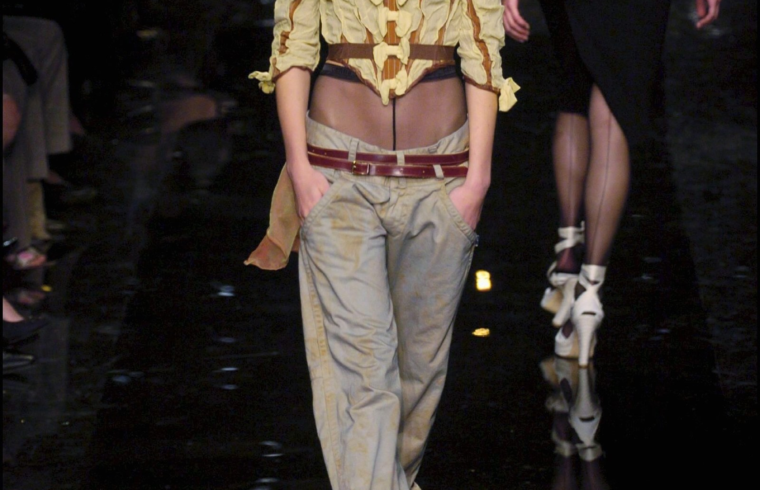
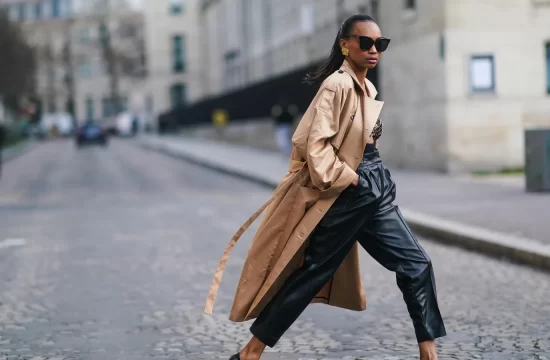
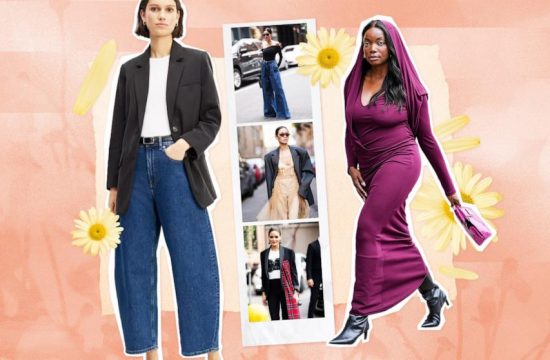
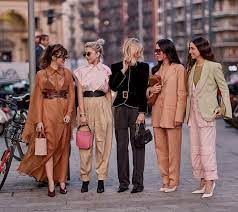
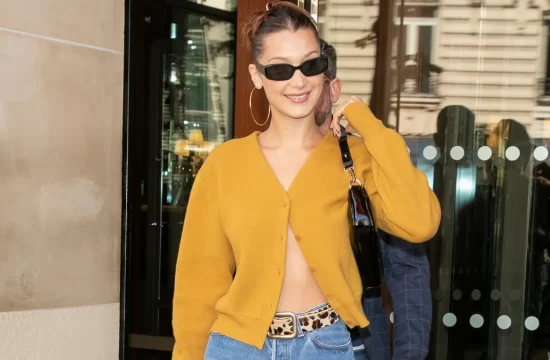



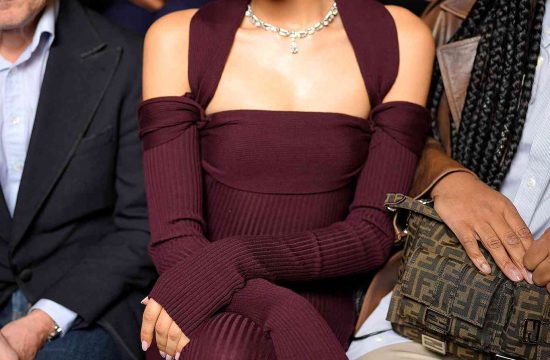
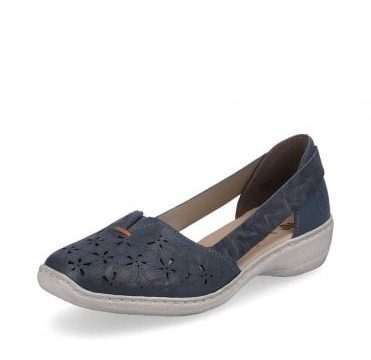
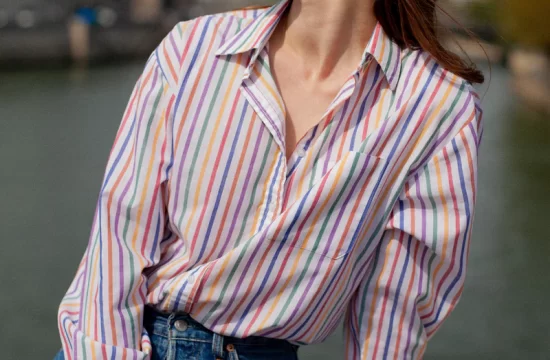
essay for you [url=https://buyingpaperdil.com/]pay for essay[/url] thesis writer write research paper write my paper
write my paper for me [url=https://bestessaysold.com/]writing essays for money[/url] academic writing essay writing paper writer
write my essay [url=https://paperwriterasq.com/]homework help online[/url] online bibliography math homework help essay help
tylenol side effects
[url=https://drugstoreonliner.com/tylenol.php]is tylenol an anti-inflammatory [/url]
https://drugstoreonliner.com/tylenol.php – tylenol with codeine
trazodone side effects
[url=https://drugstoreonliner.com/trazodone.php]trazodone medication [/url]
https://drugstoreonliner.com/trazodone.php – trazodone for dogs
cipro for uti
[url=https://drugstoreonliner.com/cipro.php]cipro antibiotic [/url]
https://drugstoreonliner.com/cipro.php – cipro for sinus infection
side effects of lexapro
[url=https://drugstoreonliner.com/lexapro.php]lexapro [/url]
https://drugstoreonliner.com/lexapro.php – lexapro generic
xarelto patient assistance program
[url=https://drugstoreonliner.com/xarelto.php]xarelto side effects [/url]
https://drugstoreonliner.com/xarelto.php – xarelto coupon card
side effects of cymbalta
[url=https://drugstoreonliner.com/cymbalta.php]cymbalta generic [/url]
https://drugstoreonliner.com/cymbalta.php – cymbalta side effects
ben simmons australia casino
[url=https://playcasinoslotsx.com/ ]cashman casino [/url]
https://playcasinoslotsx.com – mohegan sun casino
how to reduce weight
[url=https://weight-loss-blogs.com/ ]weight calculator [/url]
https://weight-loss-blogs.com – how to lose weight fast
how to make money from home
[url=https://make-money-blogs.com/ ]how to make money online [/url]
https://make-money-blogs.com – how to earn money online
avg antivirus free download [url=https://xantivirusx.com/] total av antivirus[/url] https://xantivirusx.com/ – avast free antivirus download free adult dating [url=https://onlinedatingwow.com/] dating websites[/url] https://onlinedatingwow.com/ – dating websites publishers clearing house sweepstakes [url=https://supersweepstakesx.com/] sweepstakes advantage[/url] https://supersweepstakesx.com/ – win vehicle sweepstakes
best free antivirus 2019 [url=https://xantivirusx.com/] mcafee antivirus[/url] https://xantivirusx.com/ – avast free antivirus download kate gosselin dating show [url=https://onlinedatingwow.com/] xname xname dating[/url] https://onlinedatingwow.com/ – free dating online diy sweepstakes [url=https://supersweepstakesx.com/] hgtv sweepstakes[/url] https://supersweepstakesx.com/ – reader’s digest sweepstakes
avg antivirus [url=https://xantivirusx.com/] total av antivirus[/url] https://xantivirusx.com/ – avg antivirus christian dating for free [url=https://onlinedatingwow.com/] dating games[/url] https://onlinedatingwow.com/ – topface dating sweepstakes [url=https://supersweepstakesx.com/] best publications sweepstakes[/url] https://supersweepstakesx.com/ – slickdeals contests and sweepstakes forum
avastsvc.exe avast antivirus service [url=https://xantivirusx.com/] windows antivirus[/url] https://xantivirusx.com/ – avast free antivirus download free dating sites [url=https://onlinedatingwow.com/] dating sim[/url] https://onlinedatingwow.com/ – tinder dating site diy sweepstakes [url=https://supersweepstakesx.com/] sweepstakes[/url] https://supersweepstakesx.com/ – diy sweepstakes 2018
cialis 20mg levitra 10 mg order levitra buy levitra levitra online
cialis 20mg generic levitra [url=https://drugstoreonliner.com/#]levitra 20 [/url] generic levitra generic levitra
https://drugstoreonliner.com/ – buy levitra
sota weight loss golo weight loss healthy diet easy weight loss tips red mountain weight loss
healthy smoothies for weight loss weight loss calculator [url=https://weight-loss-blogs.com/#]medi weight loss [/url] fastest way to lose weight weight loss diet
https://weight-loss-blogs.com – healthy recipes for weight loss
tadalafil 20 mg wirkungsdauer tadalafil generic vs cialis buy tadalafil online sildenafil vs tadalafil buy tadalafil online
cialis-impuissance tadalafil cialis generic cialis tadalafil [url=https://supertadalafil.com/ ] buy tadalafil online[/url] tadalafil generic cialis 20 mg tadalafil cost cvs
https://supertadalafil.com/ – tadalafil generic
mylan tadalafil tadalafil 5mg cialis tadalafil tadalafil generic usa tadalafil 20mg avis
tadalafil 20 mg prix tadalafil 20 mg prix [url=https://xtadalafilx.com/ ] tadalafil 20mg[/url] generic cialis tadalafil cialis tadalafil
https://xtadalafilx.com/ – tadalafil cialis
tadalafil biogaran buy tadalafil tablets cheap tadalafil sildenafil vs tadalafil tadalafil 5mg prix
tadalafil dosage tadalafil 40 mg [url=https://supertadalafil.com/ ] tadalafil 20mg[/url] generic cialis tadalafil 40 mg tadalafil 20 mg best price
https://supertadalafil.com/ – tadalafil 20 mg
tadalafil cost cvs tadalafil 10 mg generic tadalafil tadalafil 20mg tadalafil mylan
tadalafil 5mg buy tadalafil online [url=https://xtadalafilx.com/ ] tadalafil cialis[/url] adcirca tadalafil cialis-impuissance tadalafil
https://xtadalafilx.com/ – tadalafil cialis
tadalafil cost cvs tadalafil cost cialis tadalafil tadalafil canadian pharmacy tadalafil biogaran prix
tadalafil reviews tadalafil dosage [url=https://supertadalafil.com/ ] generic tadalafil[/url] tadalafil vs sildenafil tadalafil 10mg prix
https://supertadalafil.com/ – tadalafil 20mg
tadalafil 20 mg best price cheap tadalafil tadalafil dosage generic cialis tadalafil tadalafil lilly 5mg prix
generic tadalafil tadalafil tablets [url=https://xtadalafilx.com/ ] cheap tadalafil[/url] tadalafil 20 generic tadalafil
https://xtadalafilx.com/ – tadalafil liquid
cialis cialis generic
[url=https://wowcialisnow.com/# ] buy cialis[/url]
https://wowcialisnow.com/# – cialis 20mg
kevin smith weight loss weight loss before and after apple cider vinegar for weight loss wellbutrin weight loss aretha franklin weight loss
weight loss pills weight loss smoothies [url=https://weight-loss-blogs.com/# ] before and after weight loss[/url] meal prep for weight loss weight loss programs
https://weight-loss-blogs.com/# – medical weight loss
weight loss calculator best weight loss apps weight loss meal plan optivia weight loss weight loss smoothies
kelly clarkson weight loss 2018 meal replacement shakes for weight loss [url=https://weight-loss-blogs.com/# ] fast weight loss[/url] protein shakes for weight loss rapid weight loss
https://weight-loss-blogs.com/# – best weight loss diet
coronavirus numbers eating meat lent coronavirus ‌‌buy coronavirus us world coronavirus cases floyd cardoz coronavirus
coronavirus india cdc coronavirus [url=https://pharm-usa-official.com/coronavirus/# ] coronavirus treatment[/url] coronavirus gun sales soar barack obama coronavirus
https://pharm-usa-official.com/coronavirus/# – coronavirus france
https://www.tourismworld-seyaha.com/?p=7629&bs-comment-added=1#comment-661675
https://auroranews.al/me-ne-fund-instagram-ben-ndryshimin-qe-te-gjithe-e-prisnin/#comment-184517
http://www.ddplat.com/space-uid-86083.html
https://hounangumi.info/contents/220664
https://nossasaocarlos.com.br/2020/03/10/confira-a-programacao-dos-cinemas-em-nossa-sao-carlos-23/?unapproved=3154383&moderation-hash=cb2cf5d82523113a2dfeed65eb971c47#comment-3154383